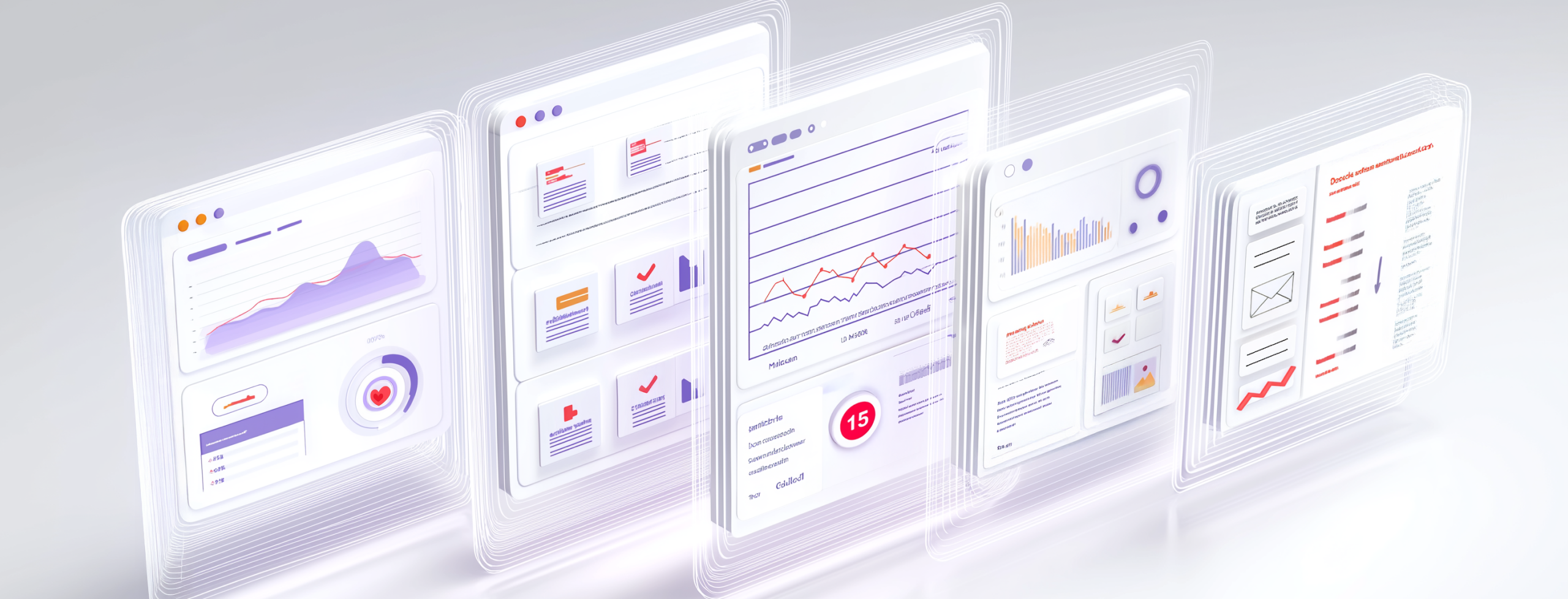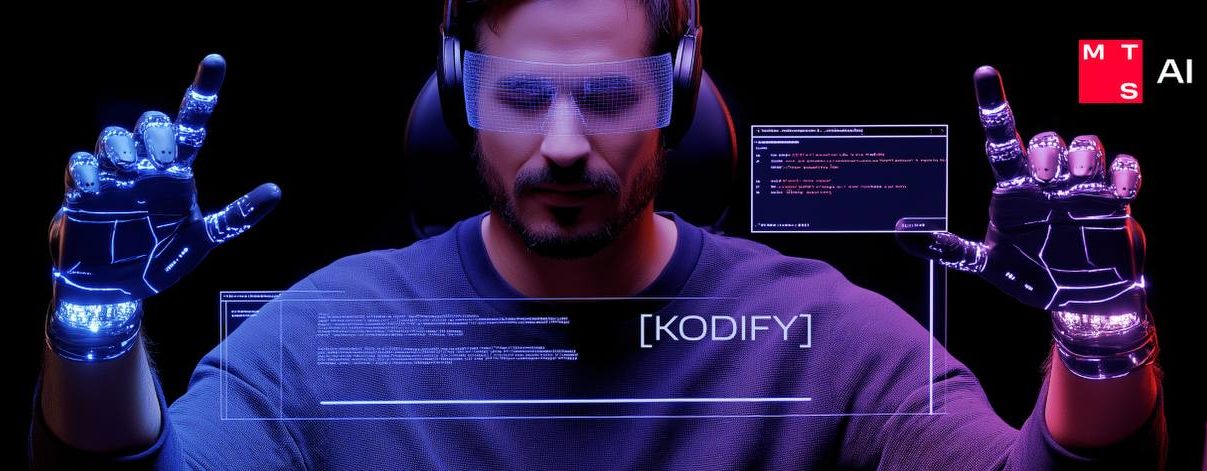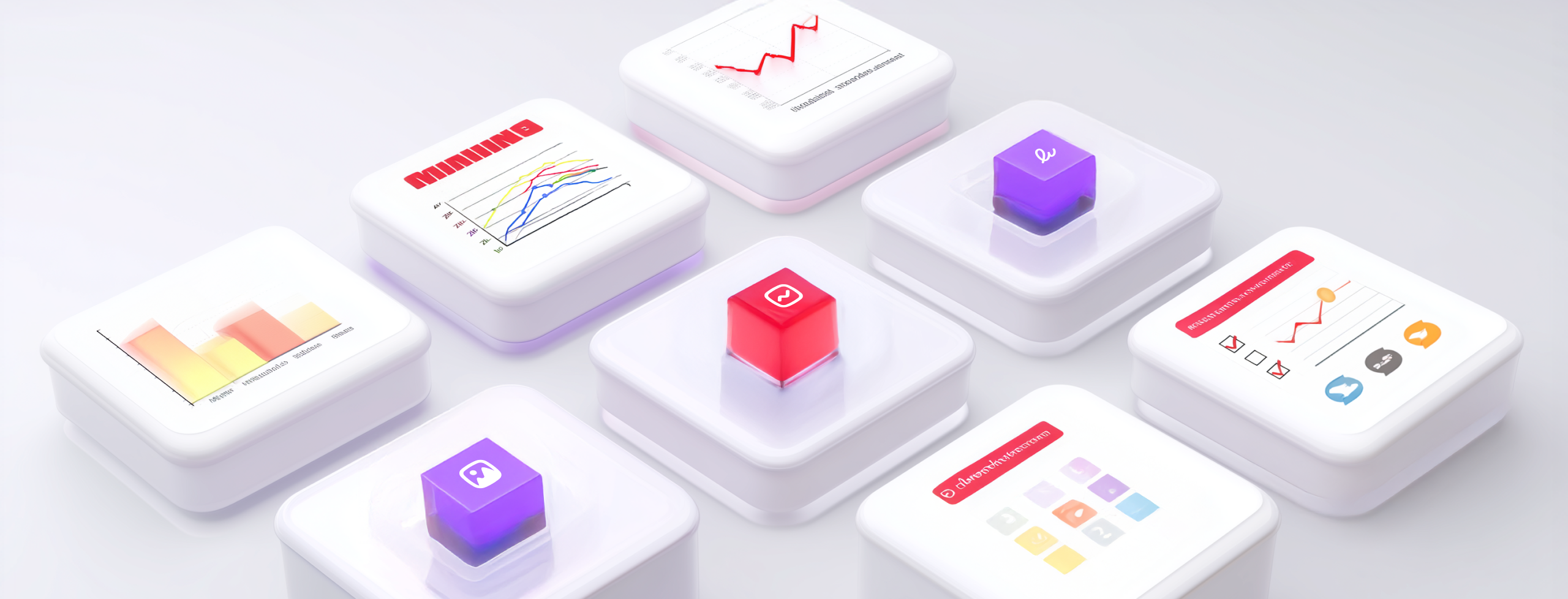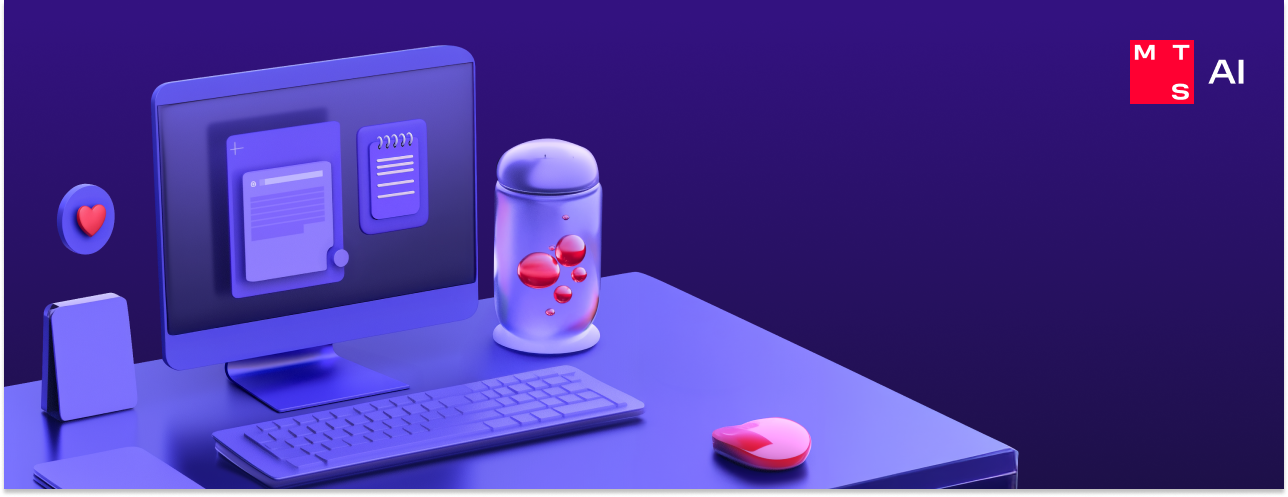MTS AI has introduced seven artificial intelligence-based services for the banking sector. The solutions are built on the company’s proprietary products, including the Cotype large language model (LLM), WordPulse speech analytics service, and Audiogram speech synthesis and recognition platform.
The services include chatbots and voice virtual assistants. They enable 24/7 customer consultation via phone and chat, transferring to human operators when necessary. The generative AI adapts to various communication scenarios and can be integrated into internal systems such as billing and CRM. Additionally, MTS AI’s voice assistants help timely inform customers about new programs and promotions.
MTS AI has also created an AI assistant based on generative artificial intelligence and the RAG (Retrieval-Augmented Generation) method. The solution enables knowledge base searches using information from internal sources and generates responses. This makes interaction with corporate systems more convenient and efficient, helping users complete work tasks faster. The AI assistant can be used for customer support, creating personal recommendations and targeted offers, and employee training.
To evaluate interaction effectiveness, MTS AI specialists developed a system that monitors customer service quality. The service analyzes communication with users across all channels and enables script compliance monitoring, business insights generation, and identification of best practices.
Furthermore, MTS AI provides banks with the ability to synthesize a unique brand voice that can be used for IVR voiceovers, telemarketing voice recordings, and ATM greetings.
Additionally, LLM-based digital assistants analyze customers’ purchase categories and amounts, preferred brands, product types, and transaction regularity. They help reduce behavioral analytics costs and increase sales conversion through personalized communications.
The developed services are designed for use in both external and internal banking processes. For example, MTS AI’s document automation systems can generate letters and reports based on input data. They also check files for compliance with requirements and classify them by content. This reduces the likelihood of errors and saves employee time.













